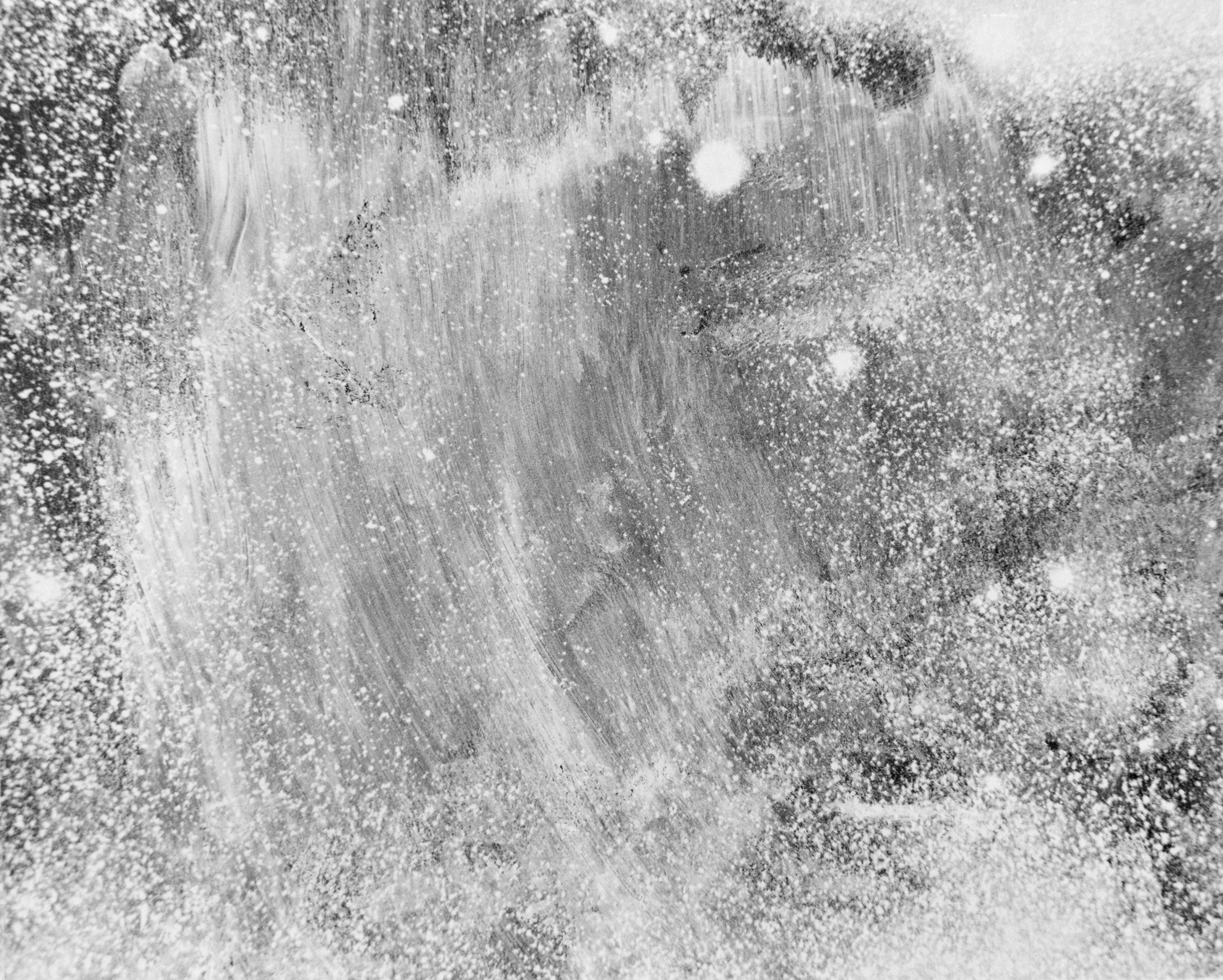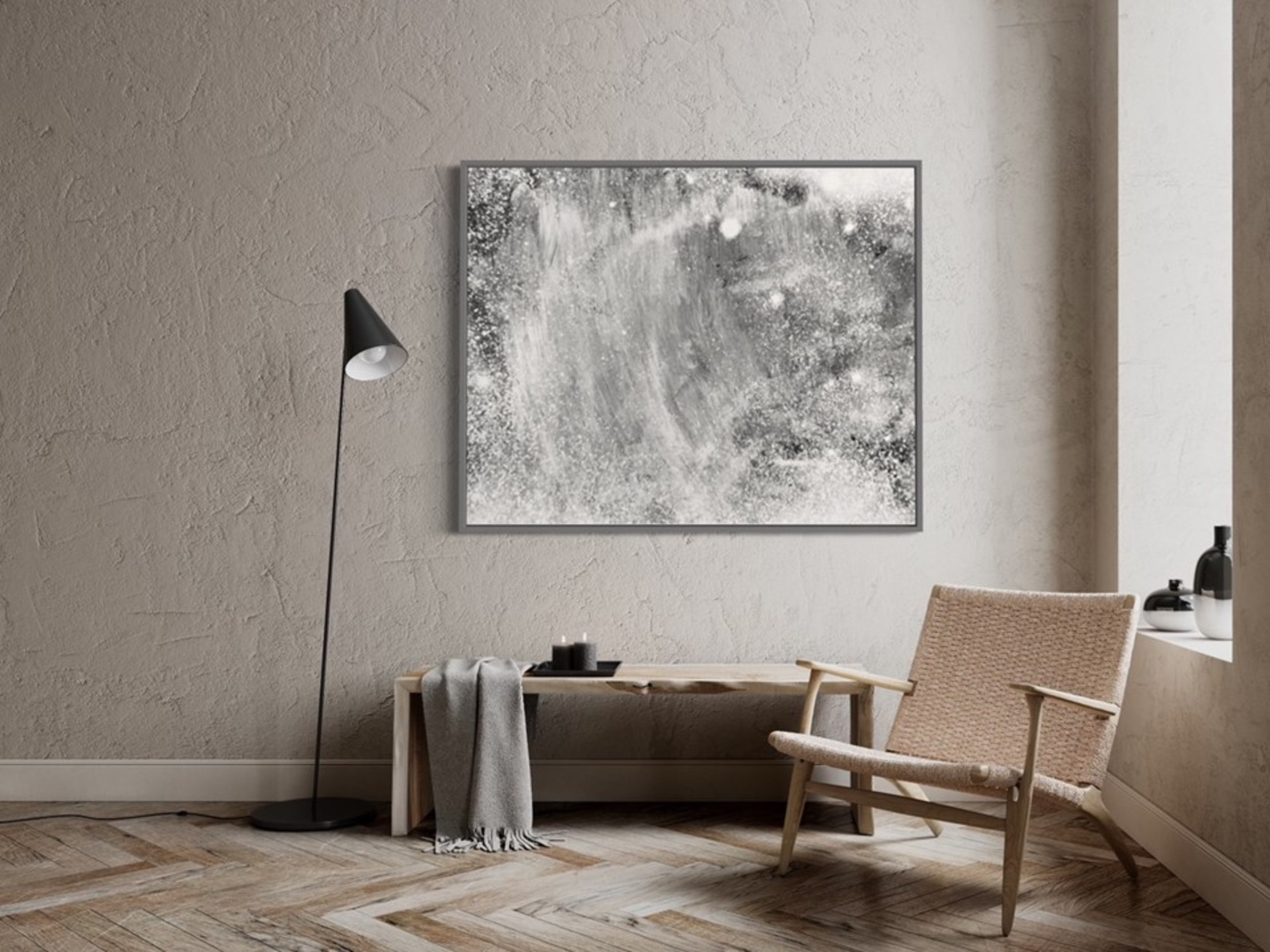The temporal art presented through photography liberates everyday imagery from fixed interpretations. As we engage with the work, we experience the resonance of these symbolic images, opening new perspectives. As the Chinese poet-painter Wang Wei once said, “When the purpose of painting is not merely to be an object of aesthetic appreciation, it often becomes a microcosm—like the macrocosmic world—recreating an open space where real life becomes possible.”
Three Layers of Vision
Light of Void:Jean Claude Wouters
In Japanese, photography is translated as shashin (寫真), meaning “copy” or “truth.” It is most often understood as a means of replicating reality, rather than as an act of “painting with light.” However, Wouters is more inclined to reflect on the painterly sensibility that distinguished early photography during the 19th century.
In the history of classical Chinese art, both professional artists and amateur enthusiasts have intuitively embraced negative space as a fundamental principle. When standing before such paintings, even general viewers can inexplicably sense that this emptiness is far from lifeless. Instead, it evokes a subtle rhythm—a breathing that moves between the visible and the invisible worlds.
Drawing inspiration from this philosophical view, Wouters handcrafts his images using gelatin and silver grain photographic paper, sealing light onto the surface as a meditation on the fleeting nature of life.
In the modern world, we have lost our sense of time. Wouters’ artistic practice centers on reflecting upon the inherent nature of each medium and exploring innovative forms of expression. In his ongoing pursuit, time and existence are deeply intertwined—without time, there can be no existence.
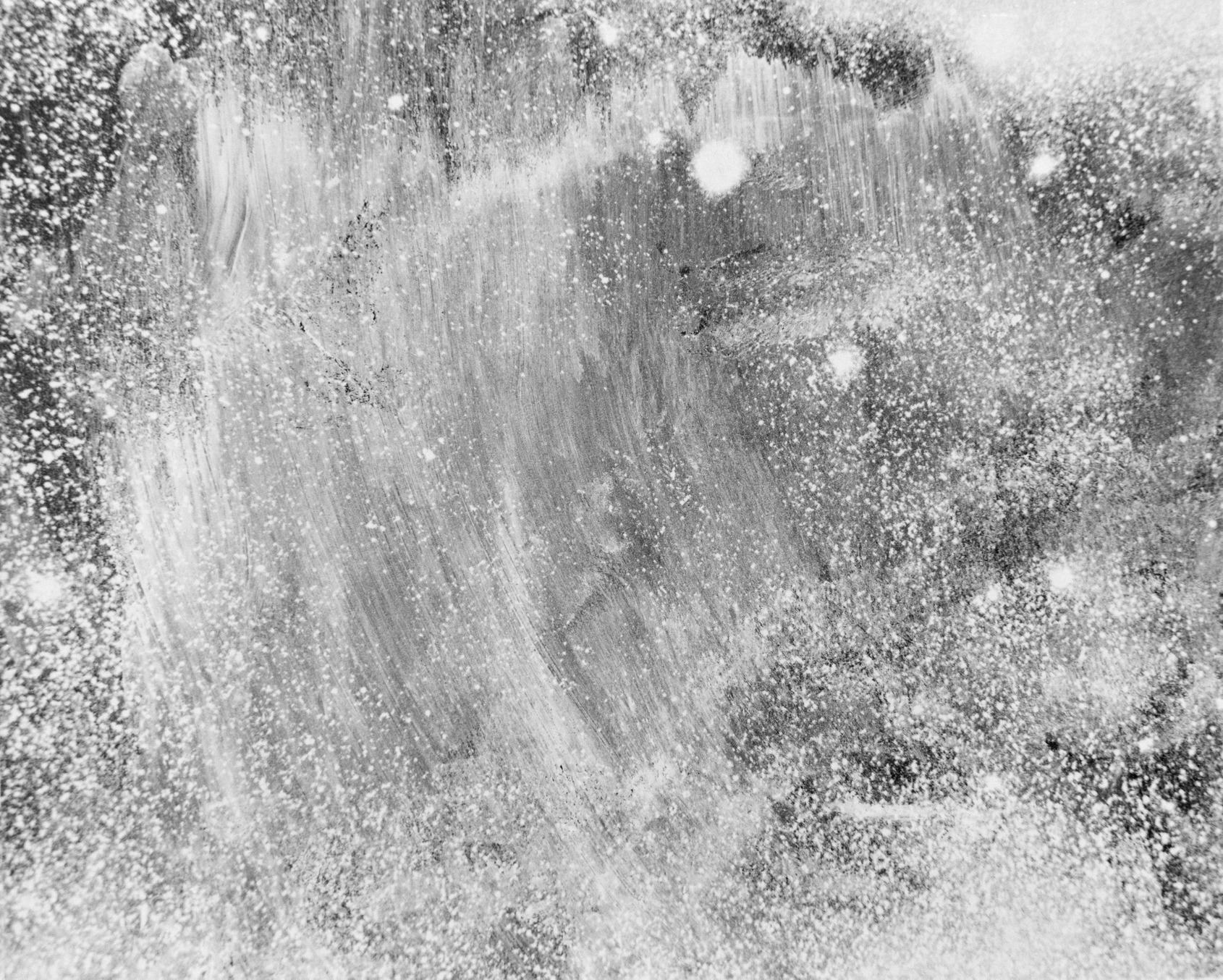 《Cosmogony(Hokusai Wave)-365-11》, Jean Claude Wouters, 2009, Courtesy of the artist.
《Cosmogony(Hokusai Wave)-365-11》, Jean Claude Wouters, 2009, Courtesy of the artist.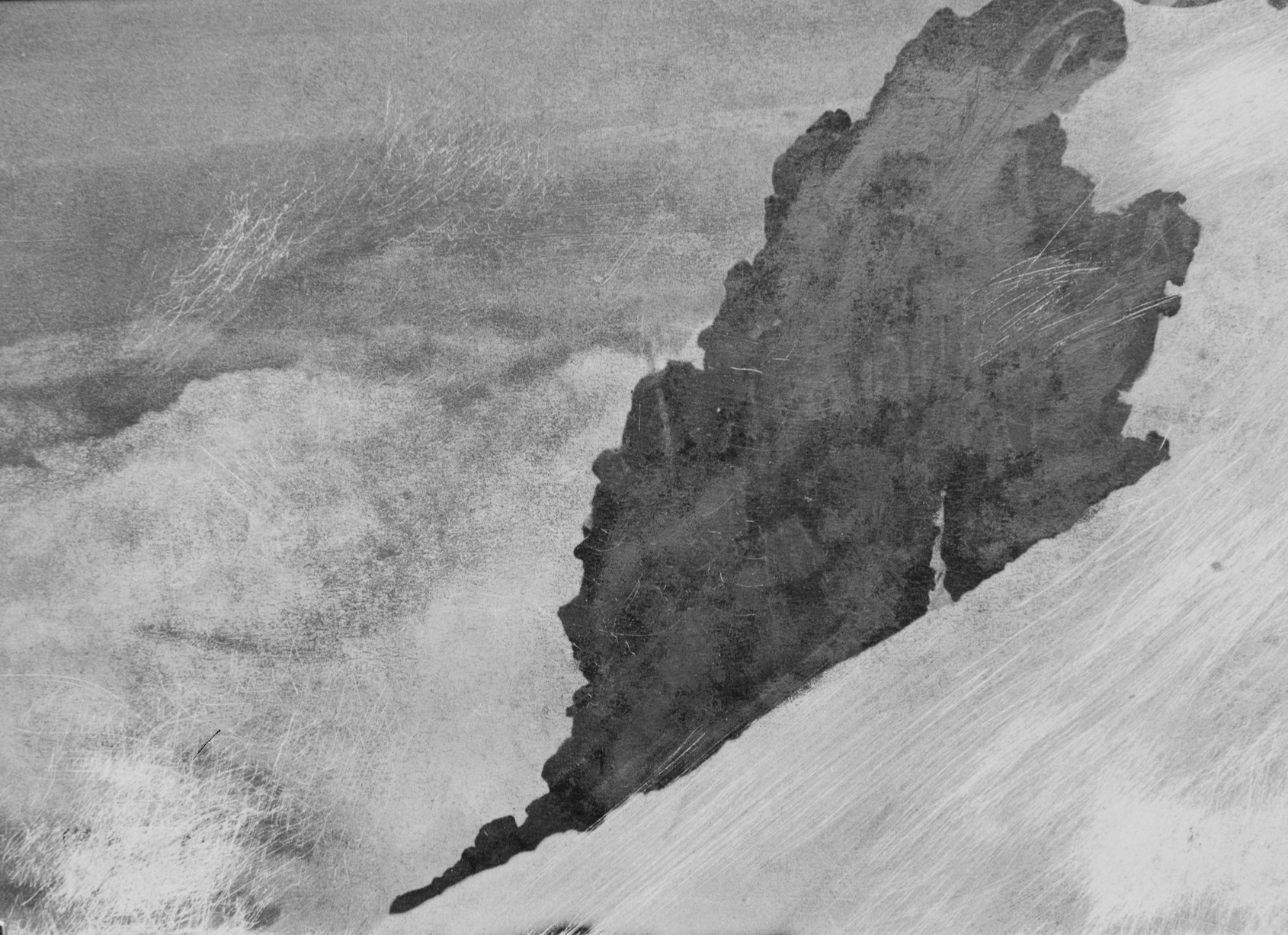 《Mountain and Snow - 71-07 - 2007》, Jean Claude Wouters, 2007, Courtesy of the artist.
《Mountain and Snow - 71-07 - 2007》, Jean Claude Wouters, 2007, Courtesy of the artist.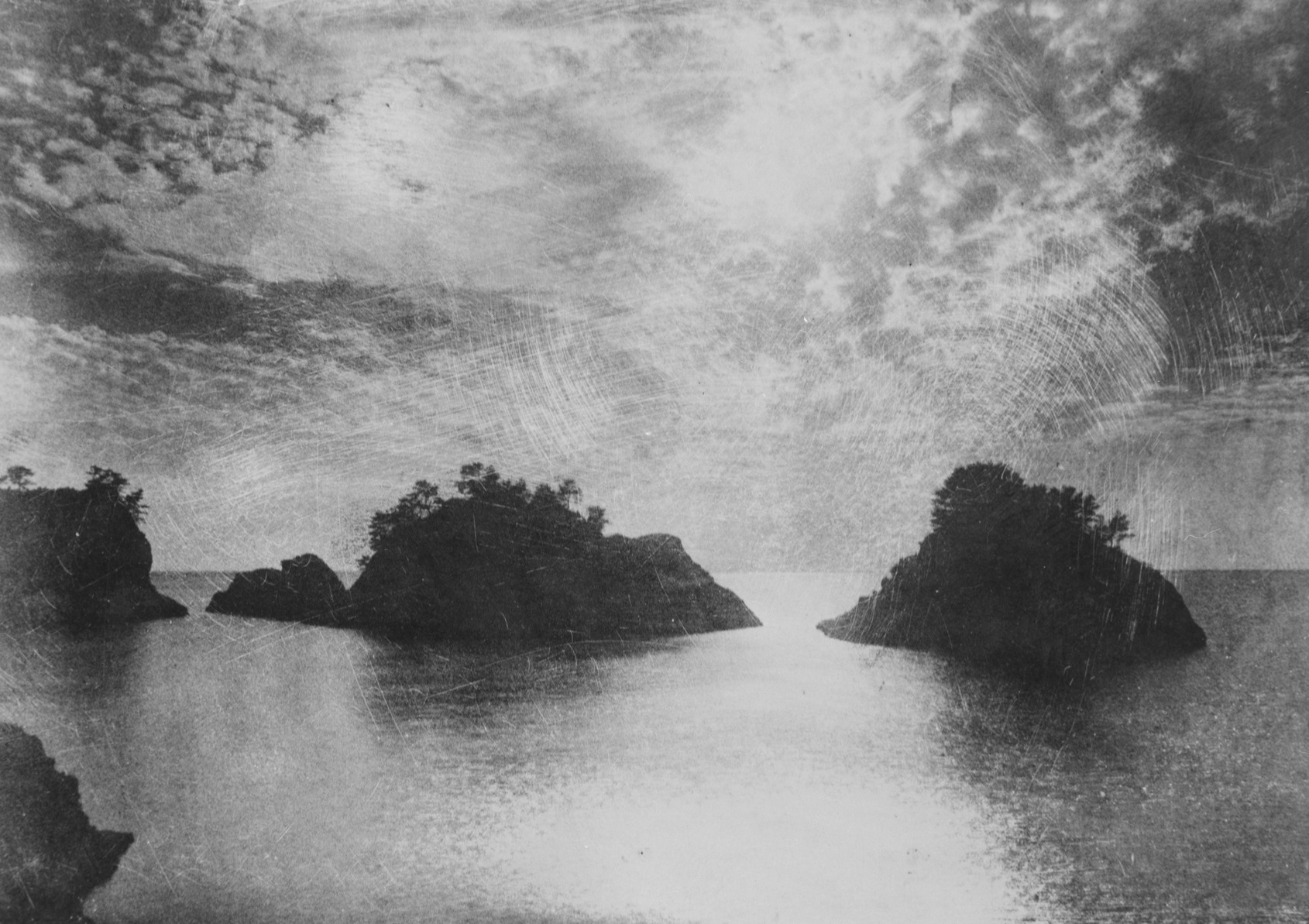 《China Sea - 73-12 -2007》, Jean Claude Wouters, 2007, Courtesy of the artist. Hope:Caroline Halley des Fontaines
《China Sea - 73-12 -2007》, Jean Claude Wouters, 2007, Courtesy of the artist. Hope:Caroline Halley des FontainesThe concept of life is collective, fictional, and archetypal. Take, for example, the mandala—a spiritual symbol of unity and interdependence within the universe. What we perceive as the self is merely the tip of the iceberg of the unconscious. Halley’s photography reminds us that perception is relative, and that our inner landscapes are meditative, sacred visions. Just like those moments of communion with nature, where only energy and color remain, it becomes a journey that enriches the inner self.
Halley traveled to the northern regions of the Earth, exploring seas and frozen lakes to capture the energetic interplay of water, light, and horizon. For the artist, this journey became a process of inner transformation—one akin to art therapy.
“When people close their eyes, it is merely the embodiment of silence—and within silence lies eternity.”Halley’s works express the universality of the eternal through the sacred simplicity of shared moments. They serve as a medium that connects human beauty with the spiritual dimension of society.
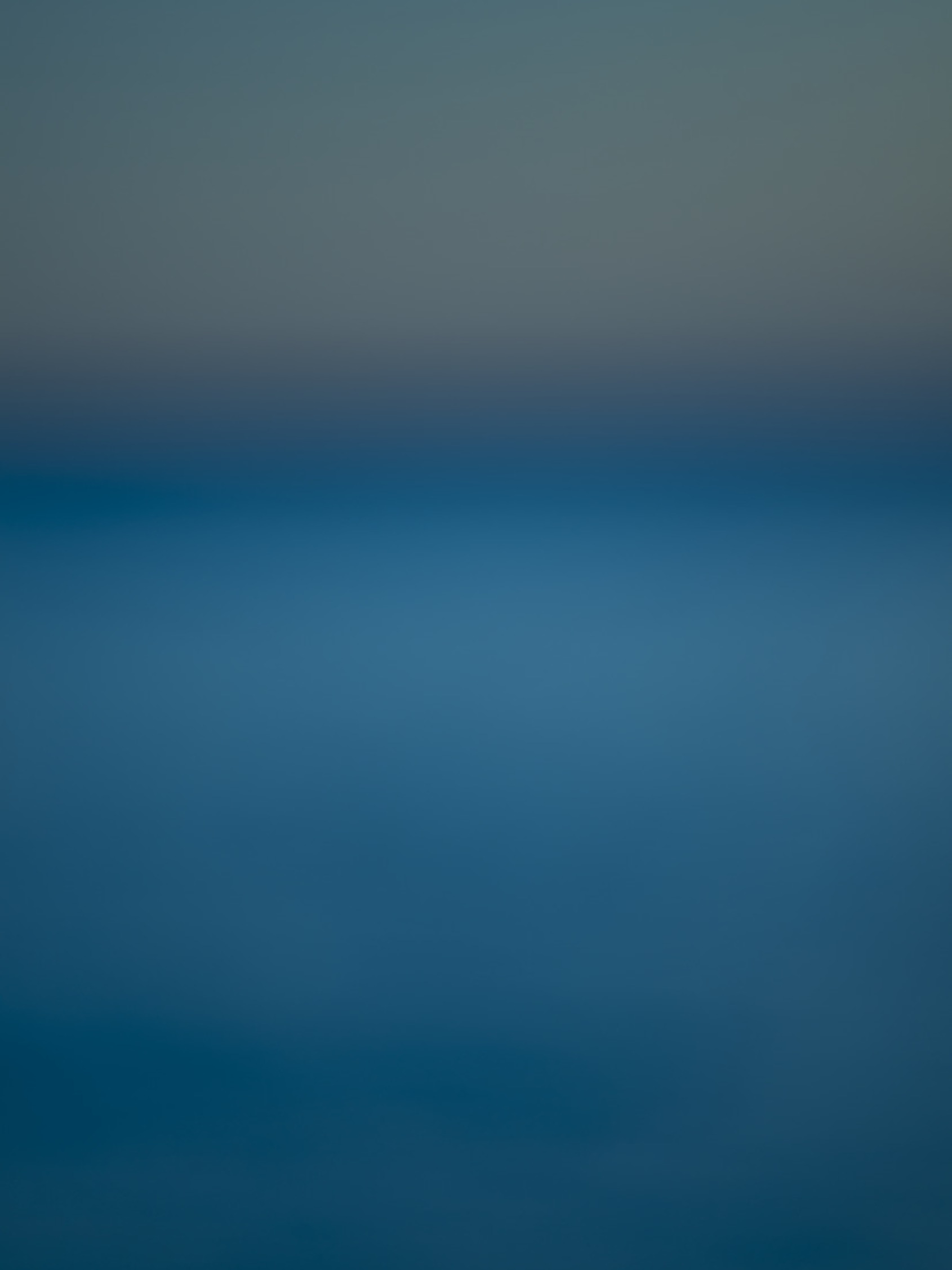 《Planche #78, Atlantic ocean, Bretagne, France》, Caroline Halley des Fontaines, 2017, Courtesy of the artist.
《Planche #78, Atlantic ocean, Bretagne, France》, Caroline Halley des Fontaines, 2017, Courtesy of the artist.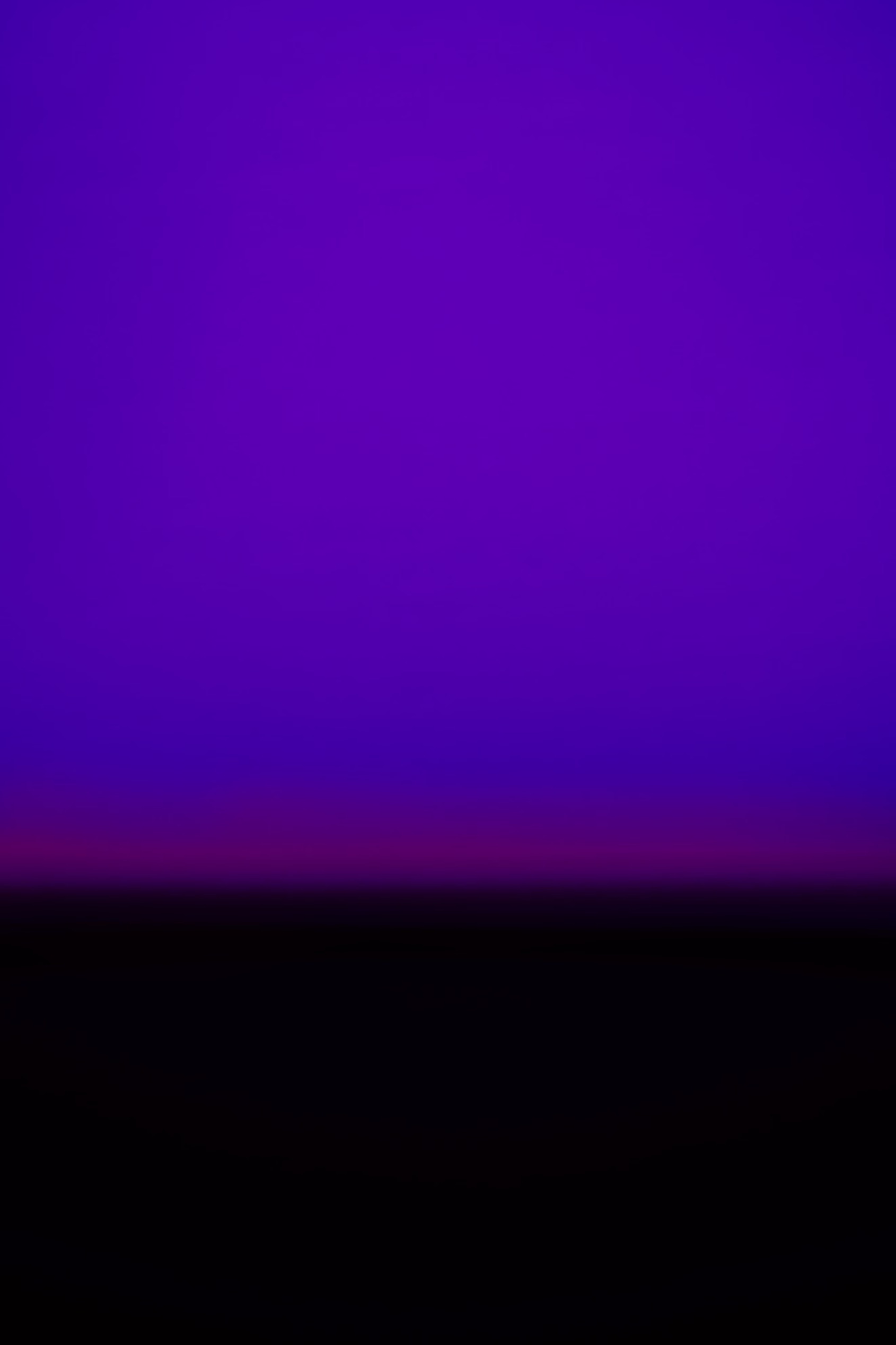 《Planche #17, Atlantic Ocean, Bretagne, France》, Caroline Halley des Fontaines, 2017, Courtesy of the artist.
《Planche #17, Atlantic Ocean, Bretagne, France》, Caroline Halley des Fontaines, 2017, Courtesy of the artist. 《Planche #124, Atlantic Ocean, Bretagne, France》, Caroline Halley des Fontaines, 2017, Courtesy of the artist.The Universe of Sensation:Yasumichi Morita
《Planche #124, Atlantic Ocean, Bretagne, France》, Caroline Halley des Fontaines, 2017, Courtesy of the artist.The Universe of Sensation:Yasumichi MoritaIn the eyes of the philosopher Henri Bergson, the senses evoke subtle feelings as the human body is exposed in a naked state to the cosmos. These interwoven colors, sounds, scents, and tactile sensations flourish as the five senses awaken, being no stranger to ever-changing illusions. Born from vacuum, they, in turn, shape the vast universe perceived by us. For cinematic poets like Andrei Tarkovsky and Ozu Yasujiro, films find a twin in the dynamic sculpting of the light of time. With the same spirit, Yasumichi Morita, as an architectural designer, fashions his photos profoundly with the tactile shaping of spatial shadows.
“I wish to present a sense of artistry as a form of sculpture, using only black and white,” says Yasumichi Morita.
Such monochrome nudes inevitably call to mind the opening of Marcel Proust’s In Search of Lost Time, where the protagonist, tossing and turning in bed, suddenly feels the uncanny sensation—the illusion of presence—of a nameless woman’s naked body entwined around his waist, legs, wrists, and chest, triggered by fleeting contact with sheets and pillows. It is this very sensation that resonates in the bareness of Morita’s artistic expression.
“Most things in the world are either curves or straight lines. In architecture, it’s the contrast between the three-dimensional and the planar; in spatial design, it’s all about curves. The human body, in this regard, is the most perfect expression of the curve. So when I photograph the body, it is not to create eroticism, nor even to depict the body as such—it is to capture the elegance of the curve,” says Morita. This sense of elegance echoes a universe shaped like mathematical white porcelain, evoking barren deserts or rolling dunes. Through a contemplative gaze upon the texture of flesh, the body is quietly transformed into porcelain-like sculptures of spatial shadows. It becomes a reflection of Yasumichi Morita’s inner landscape—a subtle emotional resonance dwelling in the depths of yūgen, the mysterious and the profound.
If one were to view Yasumichi Morita’s photography through the “haiku eyes” of Matsuo Bashō, one would see the serene human figure, like an ancient pond, with skin as calm and wordless as a still water surface, exuding an atmosphere of quiet contemplation. In such moments, the camera’s lens and shutter are like a frog suddenly leaping into the pond, sending out a plop that abruptly breaks this world of silence. Amid the rippling reflections, the pond-like body and its soft skin swiftly return to tranquility. In Morita’s images, the treatment of the human body resembles that of a vessel adorned with gold lacquer or mother-of-pearl inlay—inseparable from the surrounding darkness. The body sinks into the luminous reflections of porcelain and jade, transforming into winding landscapes, undulating sculptures, and supple architectures not built of brick and stone.
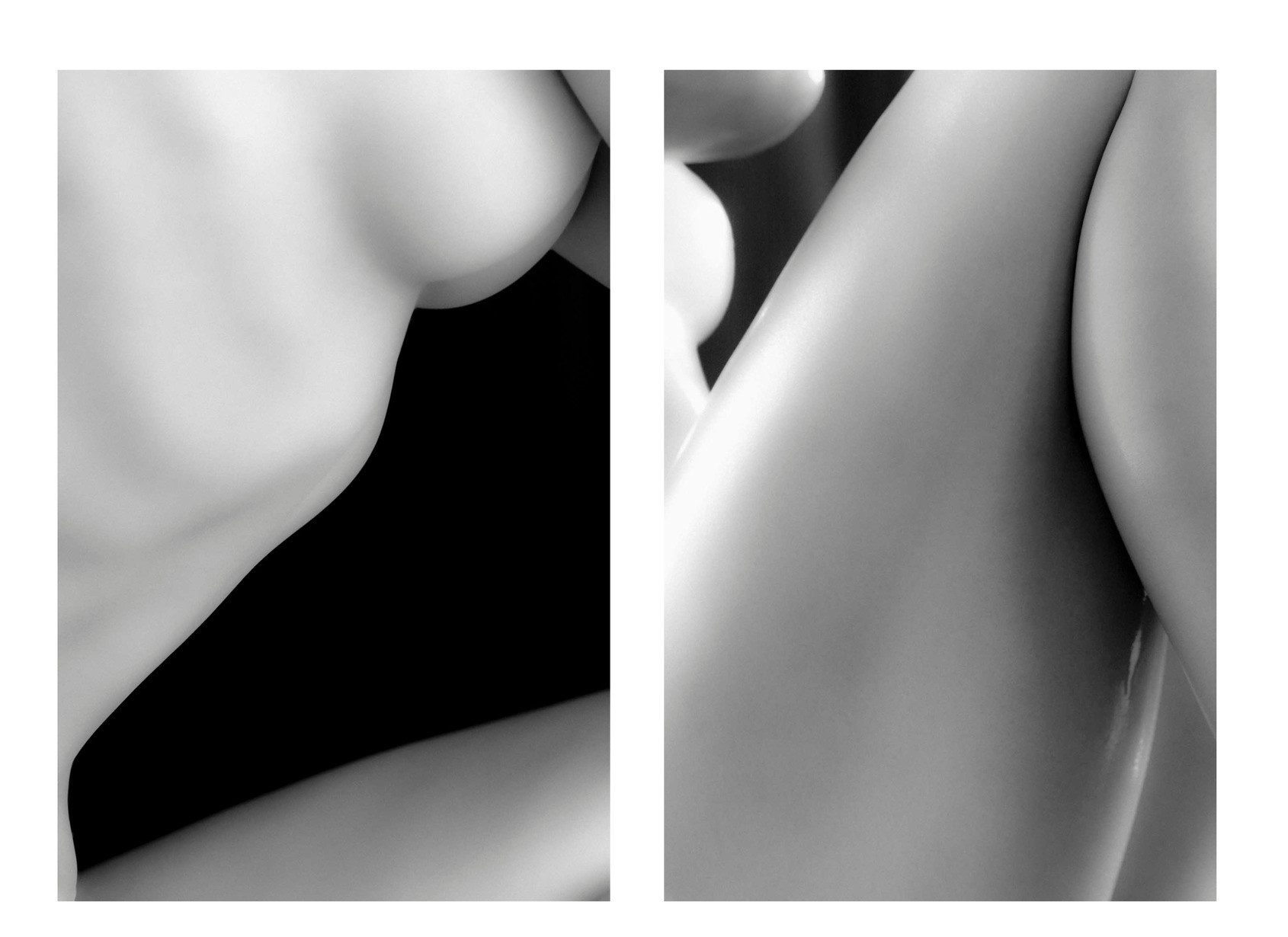 Left:《P.N. Piezography 2015 (04)》, Yasumichi Morita, 2023, Courtesy of the artist.
Left:《P.N. Piezography 2015 (04)》, Yasumichi Morita, 2023, Courtesy of the artist.
Right:《P.N. Platinum 2015 (06)》, Yasumichi Morita, 2023, Courtesy of the artist. 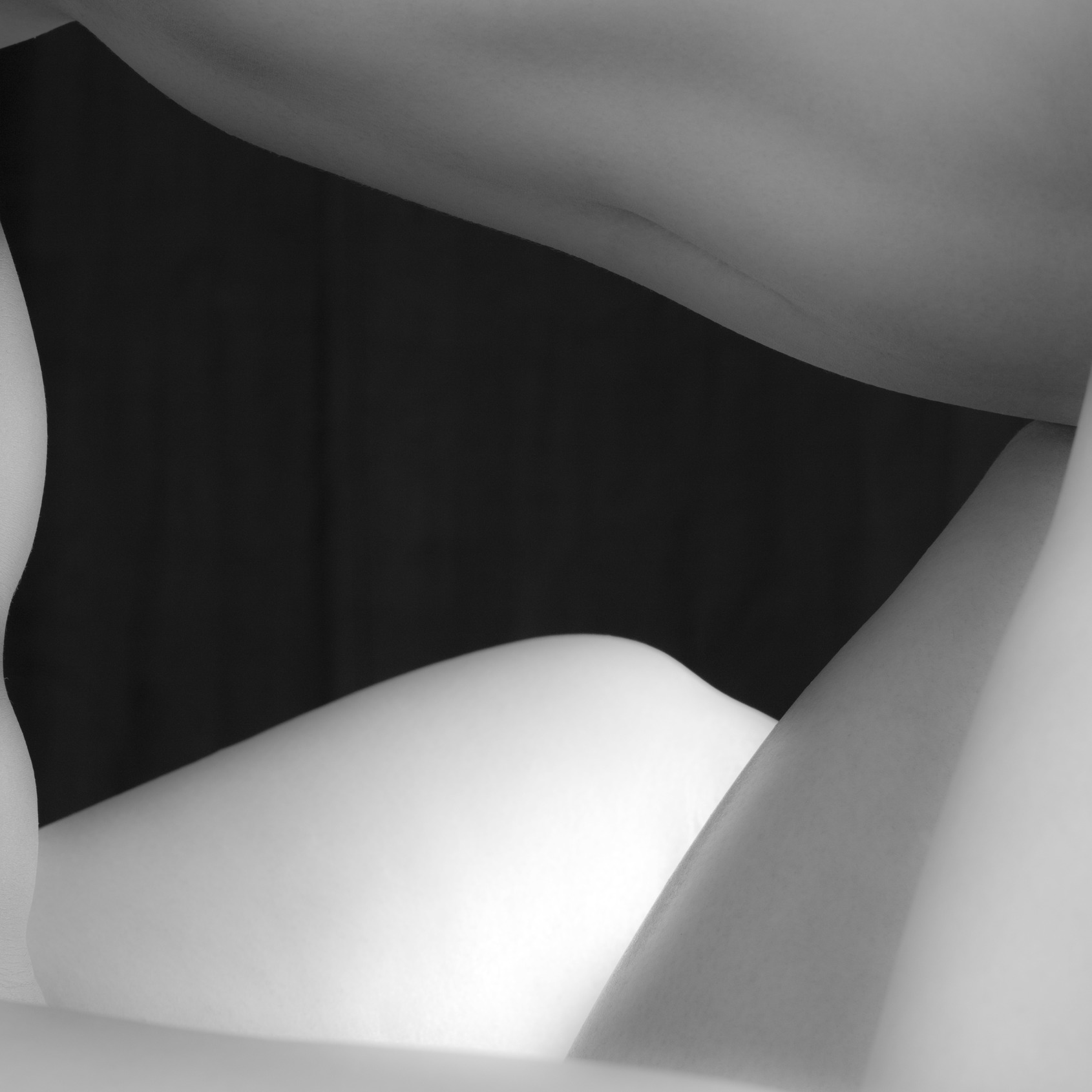 《P.N. Platinum 2017 (10)》, Yasumichi Morita, 2023, Courtesy of the artist.
《P.N. Platinum 2017 (10)》, Yasumichi Morita, 2023, Courtesy of the artist.
Academic credit|Jerome Neutres, Gong Jow-Jung
Online Exhibition|Catalogue
Enquire|curatorial.collection@alien.com.tw









